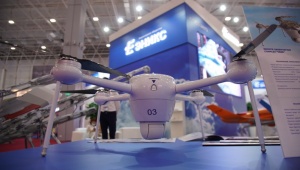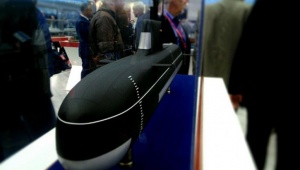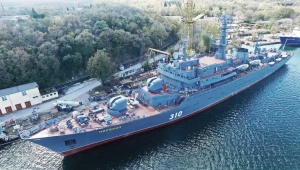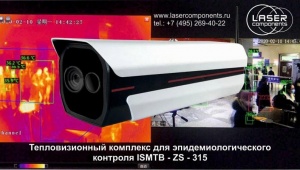Hydrogen Aircraft Engine to Debut at MAKS-2017 Airshow
The Institute of Chemical Physics at the Russian Academy of Sciences is developing an auxiliary power plant for aircraft. The engine uses electrochemical power production method based on hydrogen-air fuel cells. The project is implemented under the More Electric Aircraft (MEA) concept. First trials of the auxiliary powerplant on UAVs passed successfully. The next ones will be held on the MAI-223 Kitenok two-seater.
Airborne hydraulic, pneumatic and electric systems are fed by the thrust engine. Under the MEA concept, leading aircraft manufacturers design alternative power sources for onboard systems. The use of traditional lithium-ion batteries is unfeasible due to heavy weight and low power reserve. Fuel cells will be a prospective substitution for them.
Fuel cell is a power source that produces electric energy out of fuel without combustion process. Using of hydrogen is the most effective. In the fuel cell, hydrogen is ionized, transit through a membrane and, contacting air and being oxidized, transforms into water and electricity. Less productive fuel cells have efficiency ratio of 40-50%, the more effective ones – over 70%. For instance, average efficiency of the standard aircraft engine is 20-30%. Today, capacity of the best lithium-ion polymer batteries is 250 W*h/kg. Fuel cells will help to increase capacity by 4-8 times achieving parameters from 750 W*h/kg up to 1.5 kW*h/kg.
During the trials held in March 2015 through April 2016, the NELK octocopter with hydrogen-air fuel cells managed to stay over three hours in the air. The power supply system was jointly designed by the Institute of Chemical Physics, the Baranov Central Institute of Aviation Motors and the United Aircraft Corporation. The UAV was made and tested for security agencies. Currently, it is being adapted for civil purposes at Hypercopter (the resident of the Skolkovo Innovation Center).
Boeing and Airbus are developing similar projects at the moment. However, none of them managed to substitute energy taken from the thrust engine for auxiliary powerplants with alternative power sources. Creation of an auxiliary powerplant based on fuel cells will reduce load on the engine, cheapen maintenance of an airplane and improve its environmental safety.























